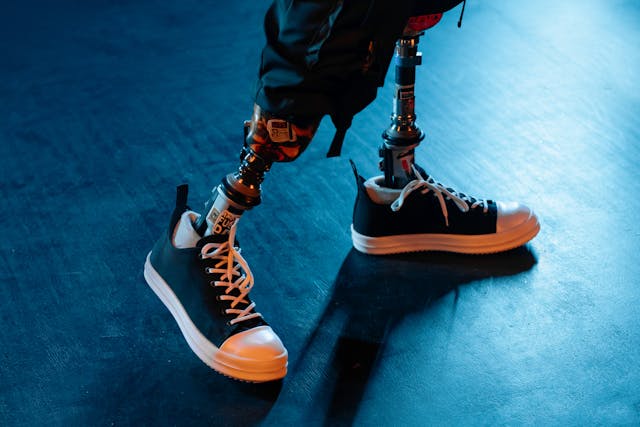For children with prosthetic limbs, adapting to daily life comes with unique challenges. While prosthetics restore mobility and independence, they also require time, patience, and proper support to ensure a smooth experience. From discomfort and skin irritation to emotional struggles and social acceptance, children must navigate a range of physical and psychological adjustments.
Understanding these challenges is the first step toward helping children feel confident and comfortable with their prosthetic limbs. With the right approach, support system, and prosthetic care, these obstacles can be overcome, allowing children to live active and fulfilling lives.
In this guide, we will explore the most common challenges children face with prosthetic limbs and practical solutions to address them.
Difficulty Adjusting to a New Prosthetic Limb
When a child receives their first prosthetic limb, the new sensation of wearing and using it can feel unusual or uncomfortable. The weight, texture, and pressure points may take some getting used to. Even if the prosthetic fits well, the child’s brain and body need time to adapt to the new limb.
The Initial Discomfort and Sensation Changes
Parents and caregivers can help by introducing the prosthetic gradually. Letting the child wear it for short periods each day and slowly increasing the duration can ease the transition. Encouraging them to perform simple, fun activities—like playing with toys, coloring, or walking short distances—can help them get used to the prosthetic in a stress-free way.
Building Muscle Strength for Better Control
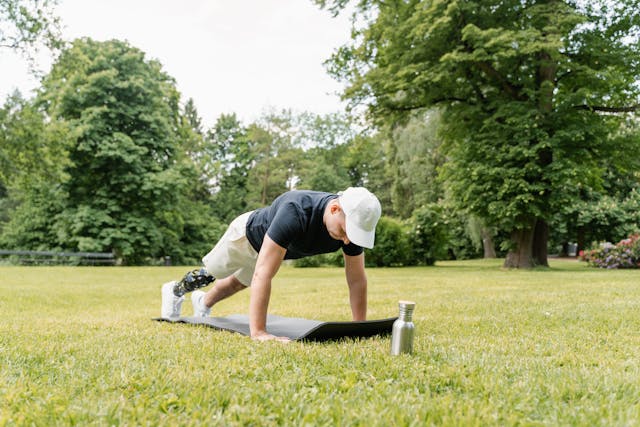
Children who use prosthetic limbs must develop strength and coordination in their muscles to control movement effectively. If a child has been without a limb for some time, their muscles may need to adjust to new movement patterns.
Working with a physical therapist or prosthetist can make a huge difference. Gentle exercises that focus on balance, coordination, and flexibility can help children feel more confident and stable when using their prosthetic. Strengthening core muscles is particularly important, as it improves posture and prevents strain on other parts of the body.
Overcoming Fear and Hesitation
Some children feel nervous or hesitant about using a prosthetic limb, especially if they worry about falling or not being able to do things as easily as before. Encouragement from parents, siblings, and friends can help boost confidence.
Creating a positive environment where mistakes are seen as part of learning is essential. When children see that they can still play, move, and explore, they gradually build confidence in their abilities.
Skin Irritation and Discomfort
One of the most common problems children face is skin irritation from prolonged use of the prosthetic limb. The socket of the prosthetic may rub against the skin, causing redness, blisters, or even pressure sores.
Pressure Sores and Friction Issues
To prevent this, parents should ensure that the socket is properly fitted and that the child wears a well-cushioned liner. Checking for any signs of redness or discomfort after removing the prosthetic can help catch problems early. If irritation occurs, using protective padding or adjusting the fit can help relieve pressure.
Sweating and Heat Buildup
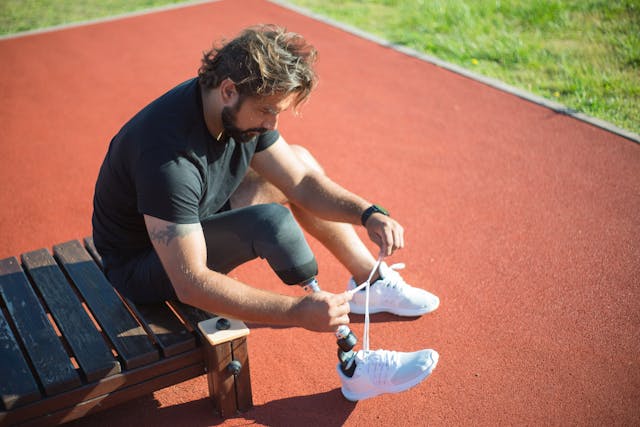
Children tend to be active and playful, which can lead to excess sweating inside the prosthetic socket. This not only causes discomfort but can also lead to skin infections or unpleasant odors.
Choosing breathable liners and moisture-wicking socks can help keep the socket dry. Taking short breaks throughout the day to wipe the limb and let the skin breathe can also prevent excessive sweating.
In warmer climates, prosthetic cooling sprays or ventilated socket designs can help manage heat buildup and improve comfort. Regular cleaning of the prosthetic and liner is essential to maintain hygiene and prevent irritation.
Allergic Reactions to Prosthetic Materials
Some children may develop rashes or itching due to sensitivity to certain prosthetic materials. If this happens, switching to hypoallergenic liners or using skin-friendly barrier creams can help reduce irritation.
If the irritation persists, consulting a dermatologist or prosthetist can help find an alternative material that works better for the child’s skin. Regularly moisturizing the limb with fragrance-free lotions can also prevent dryness and discomfort.
Difficulty with Everyday Activities
For children with lower-limb prosthetics, walking naturally requires practice. Some may develop a limp or feel unsteady in the beginning. For those with upper-limb prosthetics, holding objects, gripping, and performing fine motor tasks like writing can take time to master.
Learning to Walk, Grip, or Balance Properly
Physical and occupational therapy can help children develop the skills they need for daily activities. Fun, interactive exercises like picking up small objects, playing catch, or stepping over obstacles can improve coordination and control.
Encouraging children to take their time and practice in a safe environment helps them gain confidence. Simple adjustments—such as using a supportive chair for writing or modifying utensils for an easier grip—can make daily tasks more manageable.
Difficulty Participating in Sports and Play
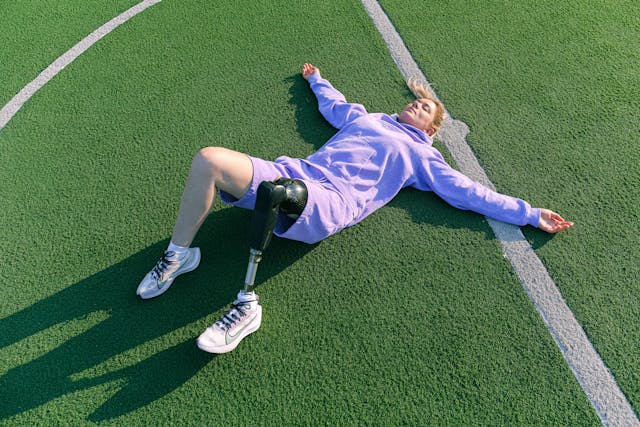
Children with prosthetic limbs sometimes struggle to keep up with their peers in physical activities. Running, jumping, or climbing can feel difficult, especially if their prosthetic is not designed for high-impact movement.
Specialized sports prosthetics can help children participate in activities like running, swimming, or cycling. Programs that offer adaptive sports, such as wheelchair basketball or track running with prosthetic blades, allow children to stay active while feeling included.
Parents can also talk to teachers and coaches about small modifications that can help their child participate more comfortably. Encouraging children to explore different types of activities helps them find what they enjoy most.
Difficulty Wearing Certain Clothes and Shoes
Children with prosthetic legs may find it challenging to wear certain types of pants, leggings, or shoes. Some prosthetics have a bulkier design, making it harder to fit into traditional clothing.
Choosing adjustable or stretchable clothing can make dressing easier. Many brands now offer adaptive clothing designed for prosthetic users, making it simpler to put on and take off clothes. Shoes with Velcro straps or elastic laces also help make footwear adjustments more convenient.
Emotional and Social Challenges
One of the biggest challenges children face is feeling different from others. Some may avoid wearing their prosthetic in public due to fear of standing out or receiving unwanted attention.
Feeling Self-Conscious or Different from Peers
Parents can help by building their child’s confidence through positive reinforcement. Explaining how prosthetic limbs help people do amazing things—from running marathons to playing musical instruments—can shift their perspective. Encouraging them to see their prosthetic as a unique part of who they are can help build self-acceptance.
Talking openly about their prosthetic with friends, classmates, or teachers can also help reduce curiosity and promote understanding. Many children feel more confident when they know how to explain their prosthetic to others.
Dealing with Bullying or Negative Comments
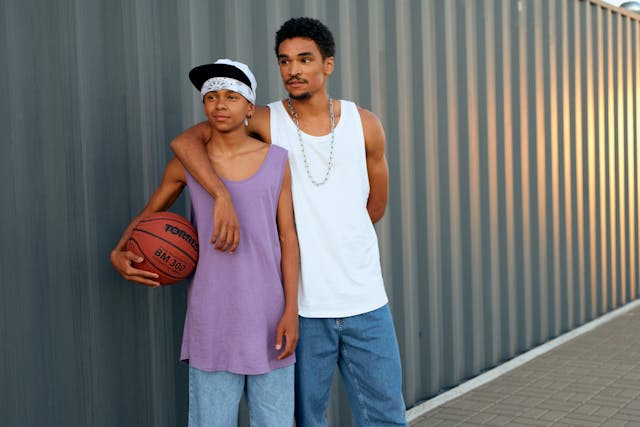
Unfortunately, some children with prosthetic limbs may face bullying or teasing at school. This can deeply affect their confidence and emotional well-being.
Parents and teachers should encourage open conversations about disability and inclusivity in classrooms. Schools can also introduce awareness programs to educate children about prosthetics and disability rights.
Encouraging children to focus on their strengths, abilities, and passions helps them build resilience. Connecting them with peer support groups or role models who use prosthetics can also help them feel less alone and more empowered.
Struggling with Frustration or Loss of Independence
Some children feel frustrated when they struggle with tasks that were once easy. They may experience moments of sadness or discouragement as they learn to navigate life with a prosthetic limb.
Parents and caregivers can provide emotional support by acknowledging their child’s feelings while encouraging perseverance. Celebrating small victories and progress—whether it’s tying a shoelace or learning to ride a bike—can help them stay motivated.
Professional counseling or therapy can also be helpful for children who need extra emotional support. Encouraging children to express their feelings and embrace challenges as part of their journey can help them develop resilience and self-belief.
Long-Term Strategies for Success with Prosthetic Limbs
Children grow quickly, and prosthetic limbs need to be regularly adjusted to accommodate changes in limb size, weight, and posture. A prosthetic that fits well today may become too tight or uncomfortable within months, leading to discomfort and mobility issues.
Keeping Up with Growth and Frequent Adjustments

Parents should schedule regular check-ups with a prosthetist to monitor their child’s growth and ensure that their limb fits correctly. If the child is experiencing pain, pressure sores, or difficulty walking, it may be time for an adjustment or a full replacement.
Choosing a modular prosthetic limb—one that allows for small adjustments without requiring a complete replacement—can help reduce costs and keep the prosthetic functional for longer. Many new designs offer expandable sockets and adjustable components to accommodate a child’s growth.
Encouraging Independence and Daily Practice
While prosthetic limbs enhance mobility, children need time to fully integrate them into daily life. Encouraging them to use their prosthetic limb in everyday tasks like brushing their teeth, dressing, or playing helps build confidence and independence.
For younger children, making the experience fun by incorporating games or challenges—such as picking up objects with a prosthetic hand or practicing balance with a prosthetic leg—can help them adapt more quickly.
Parents should also let children take the lead in their prosthetic journey. Instead of rushing to assist them, allowing them to try tasks on their own helps develop resilience and problem-solving skills.
Staying Active to Improve Mobility and Strength
Physical activity is essential for keeping muscles strong and improving balance when using a prosthetic limb. Some children may feel hesitant to participate in sports, but engaging in adaptive activities can boost confidence and improve overall physical health.
For children with leg prosthetics, activities like cycling, swimming, and adaptive running can help improve endurance and coordination. For those with arm prosthetics, engaging in activities like ball games, drawing, or interactive therapy exercises can help refine fine motor skills.
Adaptive sports programs and rehabilitation centers offer customized training to help children build their abilities while ensuring safety and comfort.
How Technology Is Making Prosthetics Better for Kids
The rise of 3D printing technology has made prosthetic limbs more affordable and customizable than ever before. Traditional prosthetics can be expensive, but 3D-printed limbs cost significantly less while still providing high-quality performance.
3D-Printed Prosthetics for Affordability and Customization
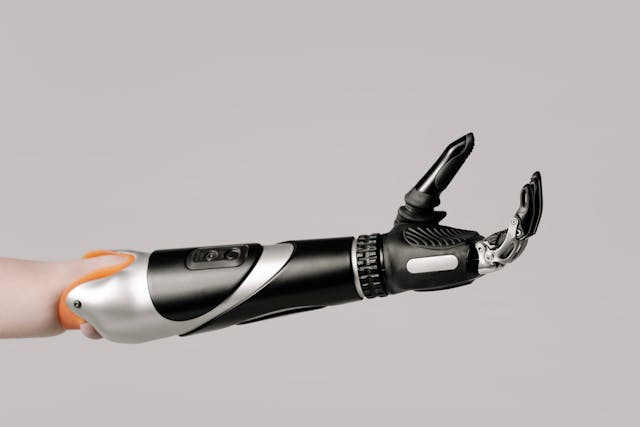
These prosthetics can also be designed specifically for each child’s needs, allowing for custom colors, superhero-inspired designs, and even glow-in-the-dark features that make children excited to wear them.
Many organizations now use 3D printing to provide free or low-cost prosthetics to children in underserved communities, ensuring that no child has to go without mobility due to financial constraints.
Myoelectric Prosthetics for Advanced Functionality
For children who need a more advanced prosthetic, myoelectric limbs are a great option. These high-tech prosthetics respond to muscle signals, allowing the child to control hand or finger movements naturally.
With advanced sensors and AI integration, some new designs even allow children to adjust grip strength, rotate wrists, and fine-tune movements for different tasks. This helps in activities like holding a pen, picking up objects, or playing musical instruments.
Although myoelectric prosthetics are more expensive, innovations in battery life and wireless connectivity are making them more accessible and user-friendly.
Bionic Limbs with AI and Sensory Feedback
The future of pediatric prosthetics is moving toward bionic limbs with AI-powered sensory feedback. These next-generation prosthetics aim to restore the sense of touch through electronic skin sensors that detect pressure, texture, and temperature.
Some AI-enabled prosthetic limbs learn from the user’s movements, adapting to improve functionality over time. This is especially helpful for children who need fine motor control for complex tasks.
As these technologies continue to evolve, children will have access to even more natural and intuitive prosthetic solutions, improving their quality of life.
How Families Can Support a Child with a Prosthetic Limb
A child’s self-confidence starts at home. The way parents, siblings, and family members react to a prosthetic limb can influence how a child sees themselves.
Creating a Positive Home Environment
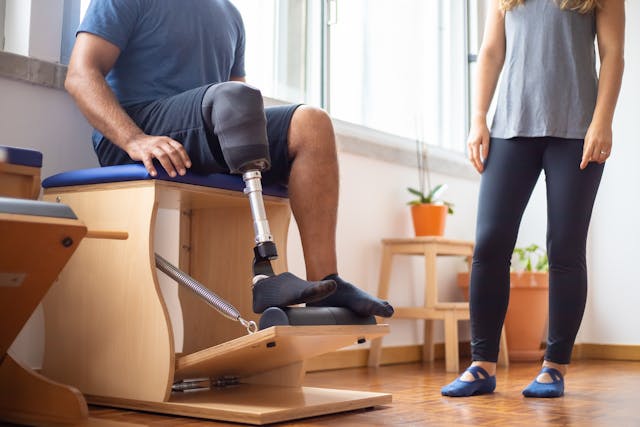
Parents should encourage open conversations about the prosthetic limb, allowing the child to express their feelings and concerns. Avoiding excessive sympathy or overprotection is key—children should feel capable and empowered, not fragile.
Siblings can play a major role by involving the child in regular activities and games without treating them differently. A strong, supportive home environment helps children feel accepted and confident in their abilities.
Working with Schools for a Smooth Transition
Schools play an essential role in helping children with prosthetic limbs integrate socially and academically. Parents should work closely with teachers and school administrators to ensure the child has the necessary accommodations to succeed.
Simple modifications—such as extra time to move between classes, access to adaptive physical education, and seating arrangements that support comfort—can make a big difference.
Encouraging teachers to educate classmates about prosthetic limbs in a positive way can help reduce curiosity-driven questions and promote inclusivity. When children understand that a prosthetic limb is just another tool for mobility, they are more likely to treat their peer with respect and acceptance.
Connecting with Support Groups and Other Families
Joining support groups for children with prosthetics can be incredibly beneficial. Meeting other kids who have similar experiences can help children feel less alone and more inspired.
Many organizations host prosthetic-user meetups, adaptive sports events, and confidence-building workshops, which provide children with a sense of community and belonging.
Parents can also benefit from networking with other families to share experiences, learn about the latest prosthetic advancements, and discover resources for financial aid or specialized care.
Final Thoughts: Empowering Children to Live Fully with Their Prosthetic Limb
Adapting to a prosthetic limb is a journey, but with the right support, technology, and encouragement, children can lead confident and independent lives. While challenges like discomfort, emotional struggles, and mobility adjustments exist, they can be overcome with patience, practice, and a strong support system.
The future of pediatric prosthetics is brighter than ever, with advancements in 3D printing, bionic technology, and AI-driven prosthetics making high-quality solutions more accessible. As more families, schools, and communities embrace inclusivity, children with prosthetic limbs will have more opportunities to thrive, play, and pursue their dreams without limitations.
At Robobionics, we are committed to providing custom, high-quality prosthetic limbs that support children in every step of their journey. If your child is experiencing challenges with their prosthetic or needs an upgrade, contact us today to explore the best solutions for their needs.



